Top 10 Most Poisonous Fruits In The World: Look Delicious, But Can't Eat
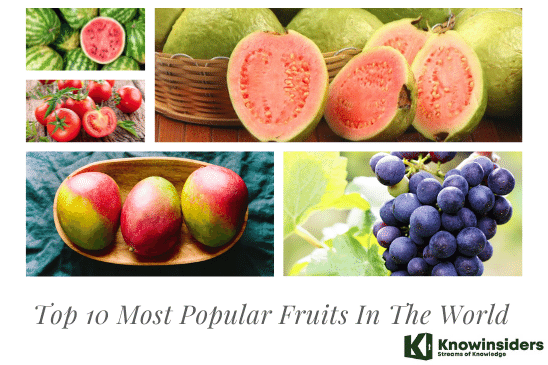 Top 10 Most Popular Fruits In The World Top 10 Most Popular Fruits In The World |
 10 Rarest Fruits You Probably Have No Clue 10 Rarest Fruits You Probably Have No Clue |
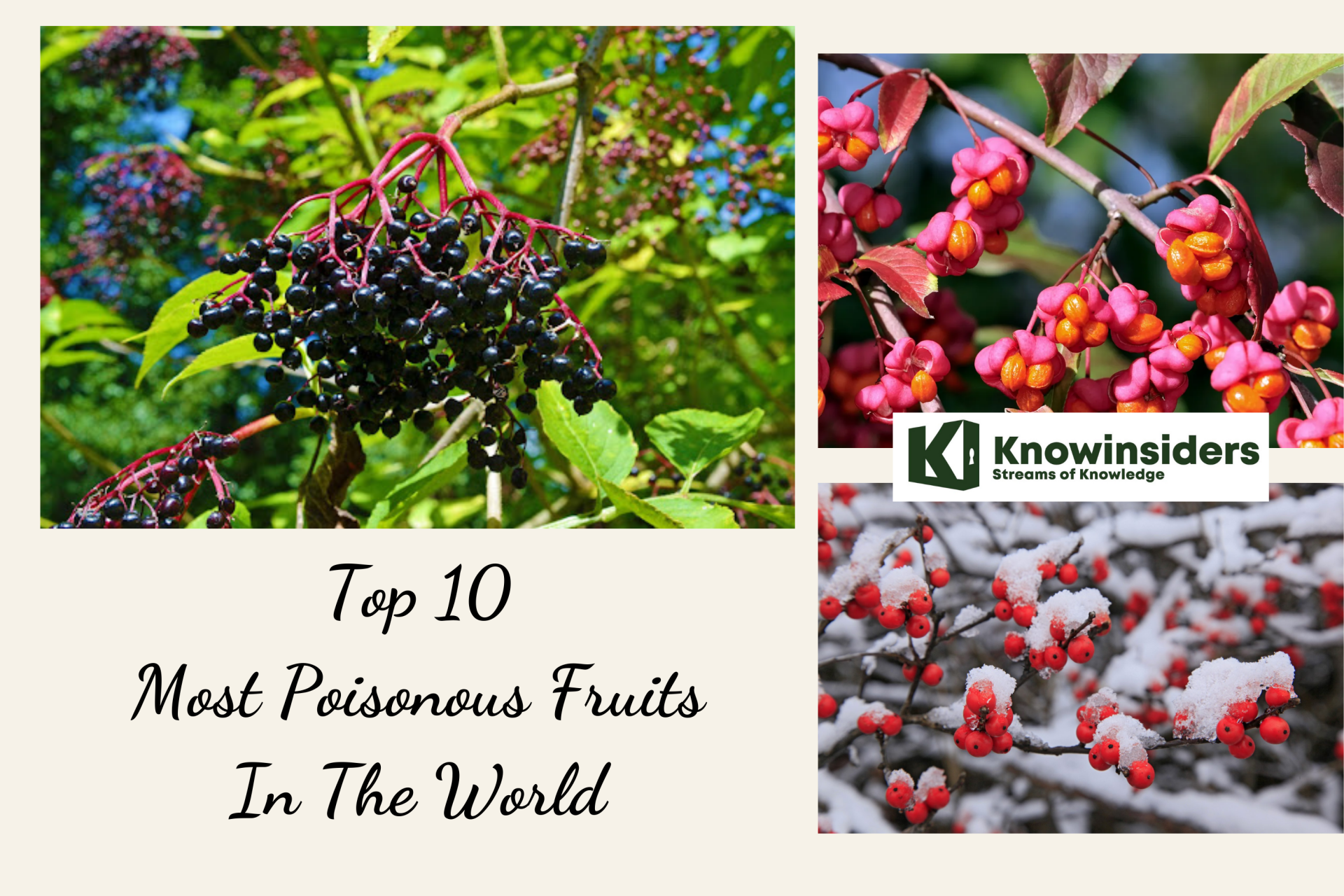 |
| Poisonous Fruits. Photo: Mixi |
Many regions of the world are home to many exotic and delectable fruit. There are, however, several fruits that are not only poisonous but also dangerous to humans.
Some of these fruits may look delicious, but don't let appearances fool you. Some of them you may have heard of, but perhaps you didn't realize they had such serious consequences. Some of these you may have encountered on your travels abroad.
But regardless of where your knowledge of these various fruits has come from, here it is, along with the reasons why you should avoid them at all costs.
Which Are the Most Poisonous Fruits in the World - Top 10?
1. Strychnine Fruit Plant
 |
| Strychnine Fruit Plant - Photo: The Poison Diaries - Tumblr |
Although the strychnine tree is indigenous to Australia and Southeast Asia, it was in Europe that its toxicity was put to good use in the fight against the bubonic plague.
The strychnine tree is also known as the snakewood tree or the poison nut tree because of the poisonous berries it bears.
It has been used for medicinal purposes for centuries, but it is probably best known as the weapon of choice for fictional and historical villains.
Strychnine causes manic convulsions of the body, sometimes so severe that muscle tears away from the bone. The victims are said to have reached impossible body positions before collapsing from exhaustion or a heart attack.
2. Yew Berry Tree
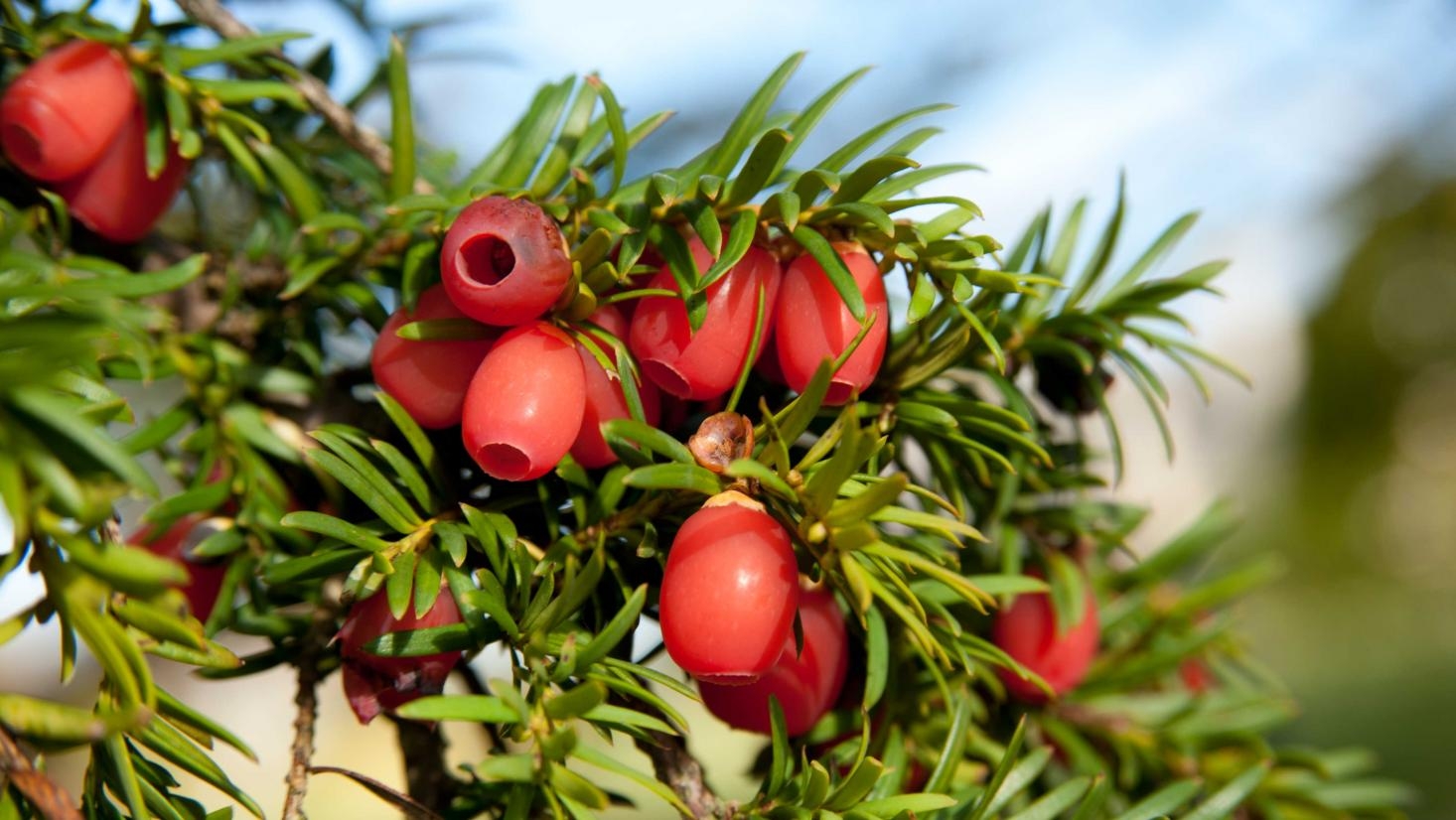 |
| Yew Berry Tree - Photo: Kew Gardens |
Trees with stunning blood-red berries, found across North America, Europe, and some of the Middle East. The yew tree could be any ordinary green shrub from the outside.
The bright red berries themselves aren't toxic, but the bark, seeds, and leaves are notorious for killing livestock and can be fatal to humans.
Diarrhea, headache, dizziness, muscle weakness, stomach pain, vomiting, trembling, and dilated pupils are among the less severe symptoms of yew berry poisoning; more severe symptoms include extreme difficulty breathing, coma, convulsions, irregular heartbeat, and, of course, death.
3. Jatropha Fruit
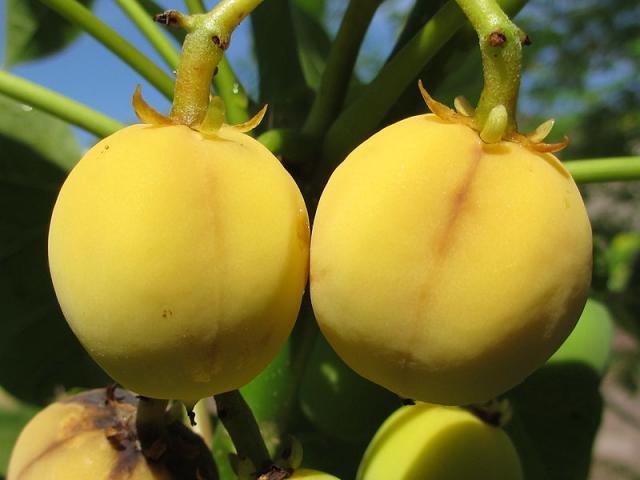 |
| Jatropha Fruit - Photo: Feedipedia |
Because of its resilience, this tree-like shrub, known as jatropha, can be found in any region with a tropical or subtropical climate.
High rates of poisoning among children have been linked to the Indian variety of this plant. The children are drawn to the plant because of the sweet yellow berries, but the black seeds inside are poisonous due to the presence of the toxin ricin.
Eating jatropha seeds can lead to stomach cramps, diarrhea, and even kidney failure.
Used for treating gastrointestinal issues like colic, cramps, and constipation for years in rural areas, jatropha had its "15 minutes of fame" when it was touted as the next big thing in biofuel.
Unfortunately for jatropha, and the many farmers who put money into planting it, jatropha failed as a biofuel, adding yet another poisonous plant to the world's list of problems.
4. Yellow Star Fruit
 |
| Yellow Star Fruit - Photo: Mashed |
Star fruit is a sweet and sour fruit with edible skin and nutritional elements. It is low in calories, high in fiber, and loaded with vitamin C.
However if you have kidney problems, you may want to reconsider eating this fruit. The yellow star fruit contains high amounts of oxalates that makes it dangerous for people with kidney issues. Overeating of it could cause kidney damage, seizures, and even death.
 Top 10 Most Popular Fruits In The World Top 10 Most Popular Fruits In The World Fresh fruits make a healthy, delicious snack that nearly everyone can include in their daily diet. Which are the 10 most popular fruits in the ... |
5. Elderberries
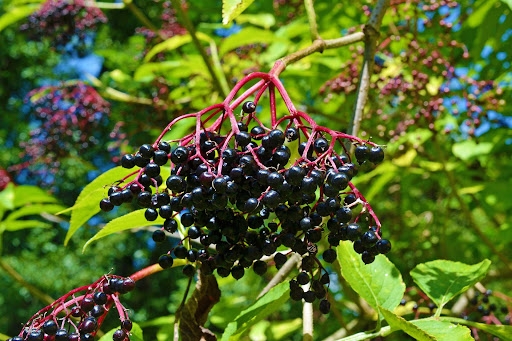 |
| Elderberries |
The elderberry fruits grow on small bush plants and can be edible when fully-ripened. It is divided into three varieties: black, blue, and red elderberries.
However, the entire plant outside of the ripened cooked berries is poisonous for humans to eat. Eating the bark, leaves, roots, and unripe berries will make you nauseous and develop severe stomach aches.
6. Manchineel
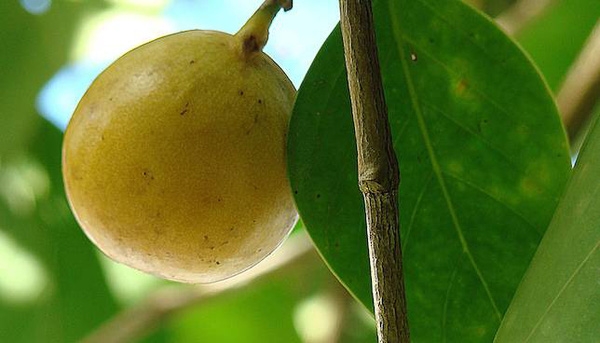 |
| Manchineel |
While its appearance is similar to that of an apple tree, the fruits and leaves of this plant contain a poison that can be fatal or at least very unpleasant. There are manchineel trees in Florida, Mexico, and northern South America. These fruits, which can be either green or greenish-yellow, resemble apples but taste different.
Don't touch anything from this tree if you can help it. Although no deaths have been reported, there have been accounts of severe pain after consuming the fruit of this tree. Governments in several areas where this tree is cultivated have posted warnings about its extreme toxicity.
7. European Spindle Tree
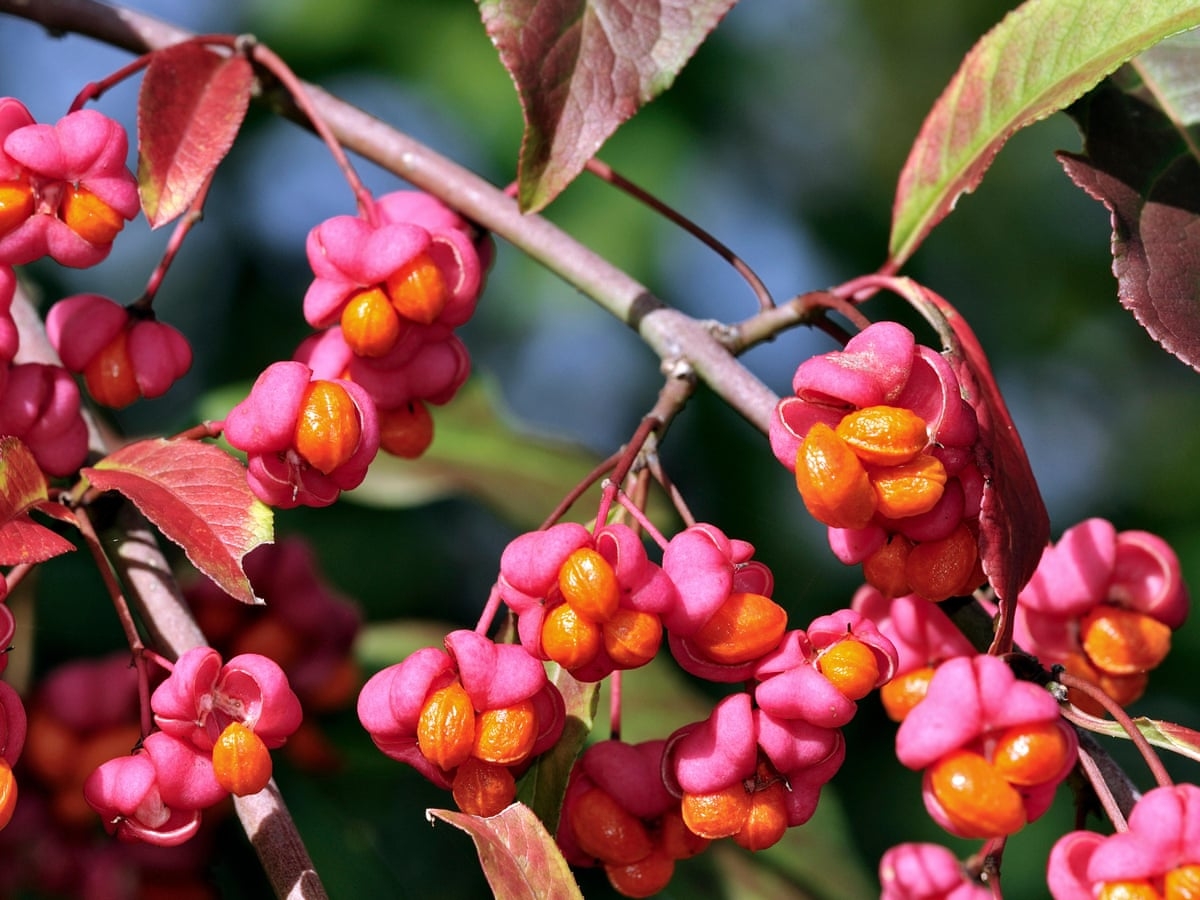 |
| European Spindle Tree |
The little-known European spindle tree offers a rich source of food for insects and birds. Its additional applications include producing top-notch charcoal colors for painters.
The tree is quite lovely and may be found in many wooded locations. But, despite how appealing they may seem, you should never eat a spindle tree's fruit.
Extreme indigestion is treated using the fruit and the tree's purgative properties. Everything in your stomach must be expelled with just a few drops of spindle tree! Extreme and overwhelming stomach ache may be brought on by large doses.
Nausea and diarrhea are some of the additional signs and symptoms of spindle tree poisoning. So unless you want to clear your stomach and feel unbearable discomfort, don't eat more than three seeds!
8. Sea Buckthorn Berries
 |
| Sea Buckthorn Berries - Photo: Amika |
The orange-colored berries of this plant may look appealing, but they are very toxic and should, under no circumstances, be eaten. The buckthorn plant is found in Canada, East Asia, and within the temperate and subtropical regions of the northern hemisphere.
When ingested, the plant can cause an inflammatory disorder of the peripheral nervous system. So it is beneficial to avoid this plant and its berries as much as possible.
9. Winterberry
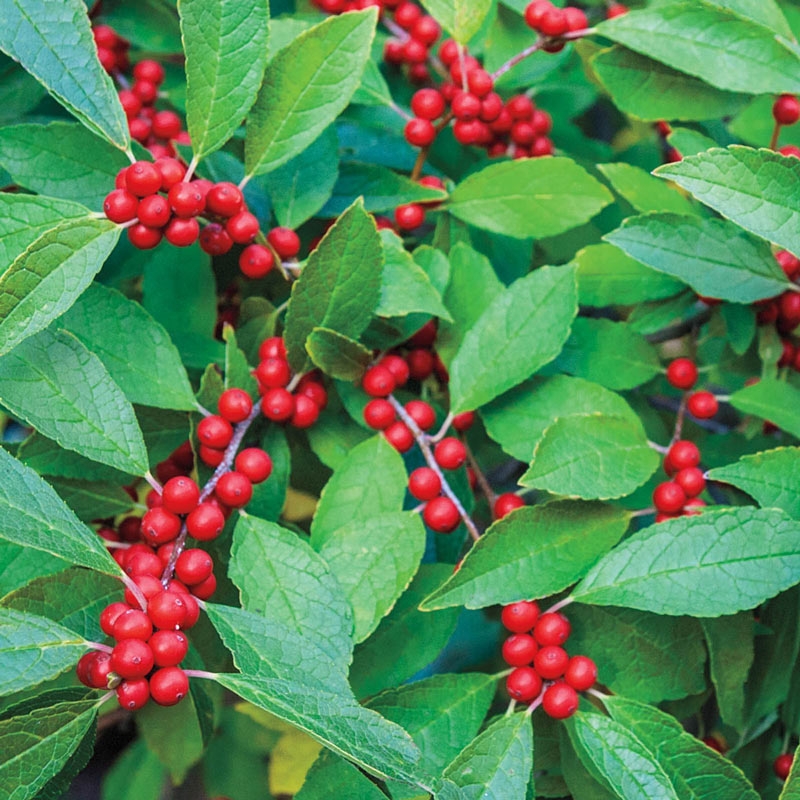 |
| Winterberry |
This shrub variety could be useful for the wildlife population, but it is toxic to humans. Small mammals and more than 48 different kinds of birds enjoy the bright red fruit. This plant prefers wetter areas, but you might also come across it in grasslands.
Consumption of even one of these berries will have devastating effects on your body. Taking in this plant's seeds, leaves, or bark will make you sick and lower your blood pressure. Do not try to eat these berries if you do not want to develop these issues.
10. Apricot Kernels
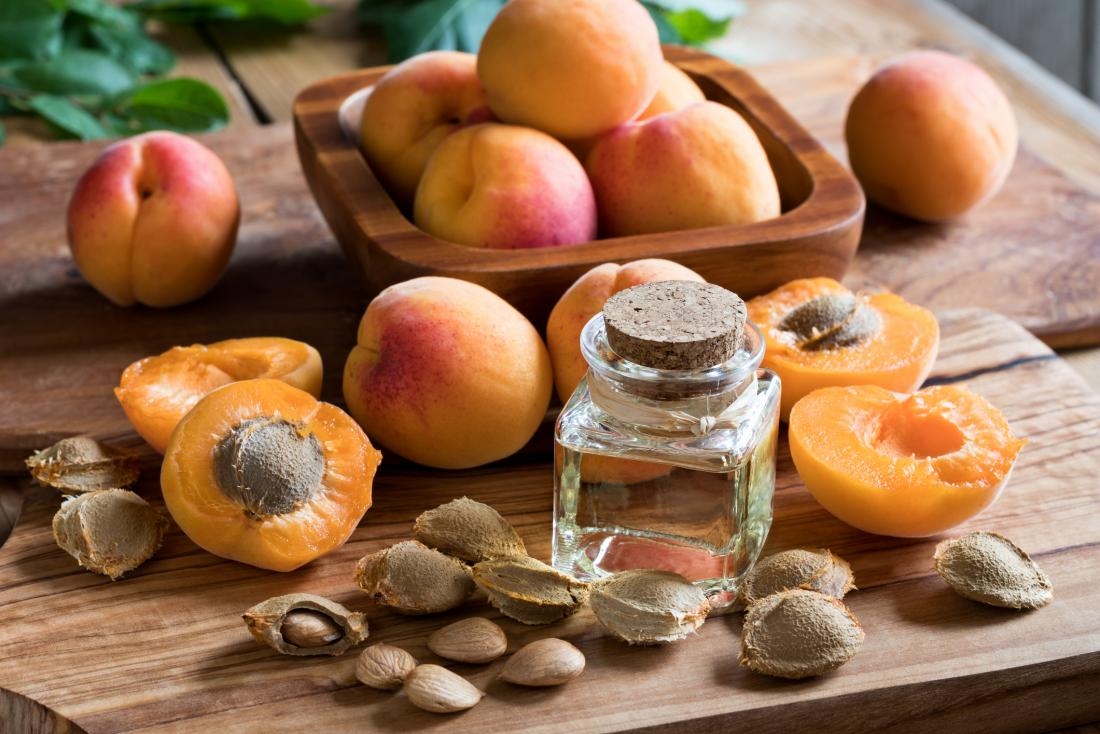 |
| Apricot Kernels - Photo: Medical News Today |
The apricot's smaller, almond-like kernel can be found within the pit.
Why anyone would want to break through the tough pit to get there is beyond me.
However, people have, and apricot kernels have been a staple in the diets of some cultures for generations.
Unfortunately, they're toxic at high enough concentrations to be a problem. Many people believe the tiny apricot seed can cure cancer because of the many anecdotal stories and rumors that have circulated over the years.
The tiny kernel of the apricot tree contains a compound known as amygdalin, also known as laetrile. It's toxic because the body turns it into cyanide, but it's still being sold as a vitamin B17 alternative.
When taken in large enough quantities, amygdalin can trigger the production of enough cyanide to cause agitation, insomnia, hypotension, and ultimately death.
Due to the high rate of cyanide poisoning among children in Turkey, the United States has banned the sale of laetrile.
 ‘Fruits Basket’ Season 3: When & Where To Watch, What will happen ‘Fruits Basket’ Season 3: When & Where To Watch, What will happen Anime lovers have been waiting for "Fruits Basket" season 3, after the heart-breaking twist at the end of season 2. When will the new season ... |
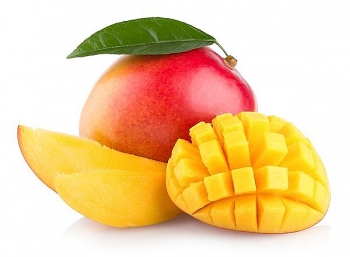 Top Fruits You Should Eat Daily For Glowing Skin Top Fruits You Should Eat Daily For Glowing Skin Do you like eating a juicy mango or do you like to relish a mushy banana? It is a fact that eating fruits can not ... |
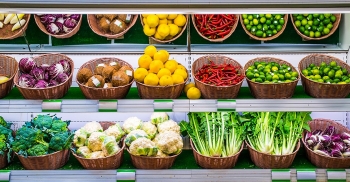 Smart Shopping for Veggies and Fruits at the Supermarket Smart Shopping for Veggies and Fruits at the Supermarket Is selecting veggies and fruits at the supermarket a problem for you? Follow these expert-endorsed tips to stretch your dollars and get the most out ... |























